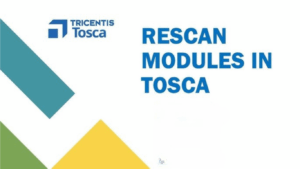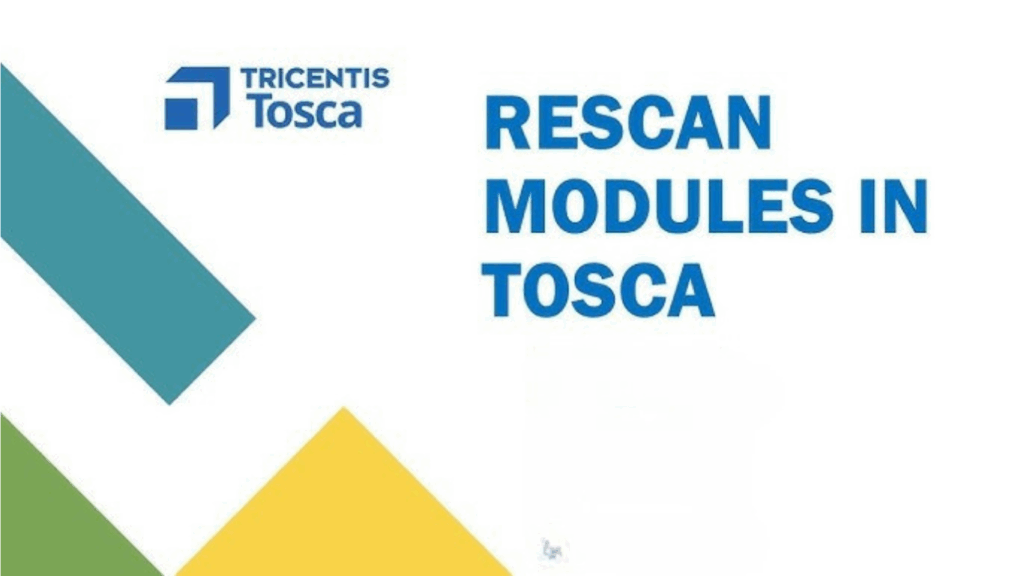Scrum events are contained within the sprint. It includes all the work a Scrum team will perform to produce an increment, which is created when the product satisfies the quality requirements set out in the team’s definition of doneness. The Sprint Backlog in Agile is Scrum’s beating heart.
Sprint planning, which outlines the work to be done for the sprint, is the first event in a sprint. The sprint goal, a succinct summary of what the team hopes to accomplish during the sprint, and the product backlog items chosen for the sprint, often known as the sprint backlog, are the results of sprint planning. You can check out the Agile scrum course online to learn more.
Why create a Sprint Backlog in Agile?
The Sprint Backlog in Agile is referred to in the Scrum Guide as a development team’s strategy. It is a very clear representation of the work that the developers want to do in order to complete the sprint’s goal.
Although the developers alone are responsible for the sprint backlog, the Scrum team works together to complete it. For instance, developers and the product owner would work together to decide whether the work in the sprint backlog needs to change in order to better fulfil the sprint target. The developers are still in charge of the sprint backlog.
The sprint goal, which is a commitment in the sprint backlog, gives the developers their “why.” It improves focus and openness so the team can measure progress. The sprint goal helps to answer questions like:
- Why is it worthwhile to run this sprint?
- What assumptions/hypotheses do we want to test?
- What is it we are trying to achieve?
- How does it get us closer to our product goal?
How to create a sprint backlog in Agile
The sprint backlog, which outlines how developers and the product owner intend to deliver the increment, is created during the sprint planning phase. The Sprint Backlog in Agile is a doable delivery strategy.
The programmers break down large pieces of work (often stated as user stories) into smaller parts (typically expressed as tasks). Smaller projects that may be finished quickly (usually in one or two days) are called tasks.
User stories lack the precision, specificity, and scope of tasks. Avoid using ambiguous terms like “coding” or “implementation” when describing tasks, expecting that the parent user story would provide all the information. Instead, develop detailed task descriptions to make the work’s scope very apparent.
When all the developers come together during sprint planning to discuss the requirements, you might hear stuff like:
- “We require a new sign-up and login UI element.”
- “We must create encryption capabilities for the password.”
- “A table in the database for user information needs to be created.”
Let’s ask the devs the following questions to proceed in a more organised manner:
How can we turn this into a set of manageable, scope-bound tasks? Here, the group may decide on the following user narrative tasks:
- Define Sign-up/Login form style and develop new CSS class
- Develop HTML and Javascript Sign-Up/Login presentation layer code
- Develop Javascript sign up form validation code
Now you can see how sprint planning shapes and expands the sprint backlog. You won’t, however, come up with the ideal strategy during the sprint planning phase. A flexible plan created by and for the developers is the sprint backlog. It is a very clear representation of the work that the developers want to do in order to complete the sprint’s goal.
Since they will be updating the sprint backlog as they learn more throughout the sprint, they will create, rearrange, add more information, and delete as necessary.
Sprint backlog misconceptions and anti-patterns
The Sprint Backlog in Agile is a commitment, thus developers cannot alter it while the sprint is in progress.
The misconception is that because developers have promised to provide all of the items on the sprint backlog, they must implement them all during the sprint. The sprint is a failure if it is not. A lack of focus and the possibility of “goal creep” result from making changes to the sprint backlog or adding or removing work from it.
That is not true.
- The sprint backlog should not be static
The Scrum team establishes the sprint goal during sprint planning. The sprint goal outlines what the Scrum team hopes to accomplish during the sprint (to test a concept, a theory, or a test), as well as how it plans to get closer to the product goal.
Keep in mind that the purpose of Scrum is to “assist individuals, teams, and organisations in generating value through adaptive solutions to complex problems.” The Scrum team, and in particular the developers who generate the Sprint Backlog in Agile, are unable to foresee the future or formulate the ideal strategy. Because complex work is so unpredictable, they are unable to make a precise strategy during the sprint planning phase. Based on what they discover once work starts, the developers should modify the work that needs to be done.
Assume, for illustration, that throughout the sprint, the developers add a new feature and modify a number of others. They anticipated that testing, regression testing, and code reworking would be necessary, but they were unable to foresee the effort and volume of labour needed. Therefore, the developers must add tasks to the Sprint Backlog in Agile. They are nevertheless devoted to the sprint objective.
- The sprint backlog changes based on ‘inspect and adapt’
Empiricism, which holds that knowledge is gained via experience and decision-making based on what the team observes, is supported by the sprint backlog (The Scrum Guide 2020). Developers have the chance to review, align their progress with the sprint goal, and make any necessary changes to the Sprint Backlog in Agile during the Daily Scrum.
Work Item Age is a measure that developers can use in a Daily Scrum to support empiricism and manage the Sprint Backlog in Agile. Work Item Age examines currently active work (the period of time between the beginning of a work item and the present time). The age of the work item is a significant indicator of unfinished work items. It is an excellent statistic since it makes clear which work items are moving along smoothly and which are stuck in the mud and not progressing as expected. Developers can focus on the tasks that have the greatest chance of falling short of the team’s service level requirement by using Work Item Age in conjunction with cycle time and making the required adjustments.
- The sprint backlog is under the Product Owner’s authority, thus they are free to add and remove work items as they like.
Developers are no longer dedicated to the sprint goal and lack ownership of the sprint backlog that is legitimately theirs if a Product Owner pulls and puts work items into the Sprint Backlog in Agile at will while the developers simply shrug and carry on working. They recently changed into a feature factory and are no longer aligned with a sprint goal, a product objective, or value generation.
- Developers own the sprint backlog and must maintain accountability
Developers are always responsible for the following, according to the Scrum Guide:
- making the sprint backlog, the strategy for the sprint
- sticking to a concept of instilling quality
- adjusting their daily strategy to achieve the sprint objective
- Making each other responsible as colleagues
- The product backlog belongs to the product owner.
Effective product backlog management comprises the following, for which the product owner is responsible:
- Creating and outlining the product’s objective
- Creating and expressing product backlog items clearly
- ordering backlog goods for products
- Making sure the product backlog is clear, readable, and understandable
Conclusion Check out the Agile Scrum training online to learn more about Sprint Backlog.

































